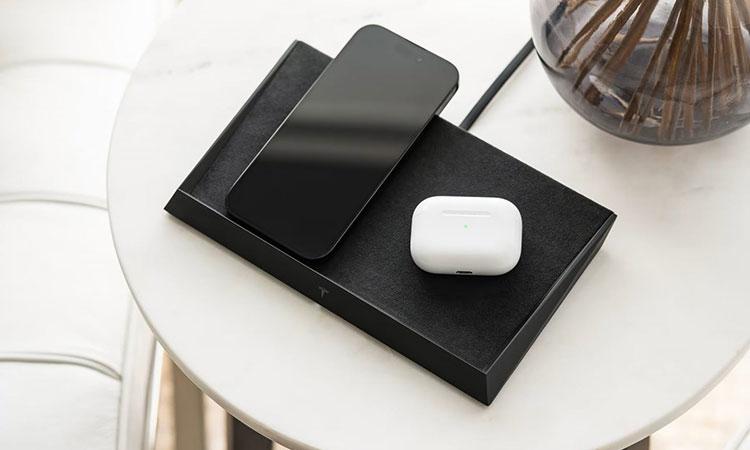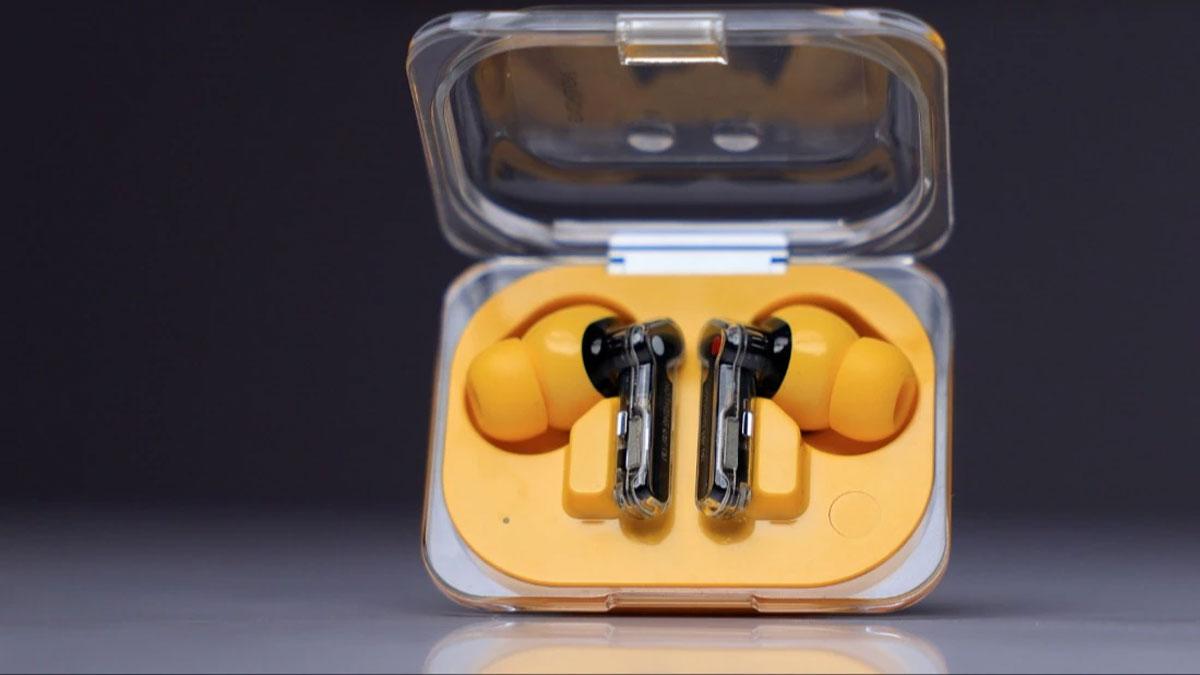Elon Musk-owned electric vehicle company Tesla has launched its own Wireless Charging Platform, a wireless charger that can charge up to three Qi devices at one time.
The concept of Tesla's charging mat is similar to Apple's AirPower in that the three devices can be placed anywhere on it and receive up to 15 watts of power each, reports MacRumors.
According to Tesla, the angular design of the charging mat was inspired by the Cybertruck, and it features an aluminium housing, Alcantara surface, and a detachable magnetic stand that can be used for flat or angle charging.
"Inspired by the angular design and metallic styling of Cybertruck, our Wireless Charging Platform provides 15W of fast charging power per device for up to three devices simultaneously," Tesla was quoted as saying.
Also read | Tesla set for another round of layoffs in early 2023, pauses hiring
"Its sleek design is composed of an aluminium housing, a premium Alcantara surface and a detachable magnetic stand that allows you to lay the charger flat or at an angle for better viewing. Featuring FreePower(R) technology, which charges your Qi-capable devices such as phones or earbuds placed anywhere on its surface without precise alignment," it added.
Apple announced the AirPower in September 2017, a multi-device charger designed to charge the iPhone, Apple Watch, and AirPods simultaneously.
Apple wanted users to be able to charge their devices wherever they wanted on the AirPower, but the overlapping wireless coils required were problematic, with Apple seeing heat management and interference issues that made the product unviable, according to the report.


















